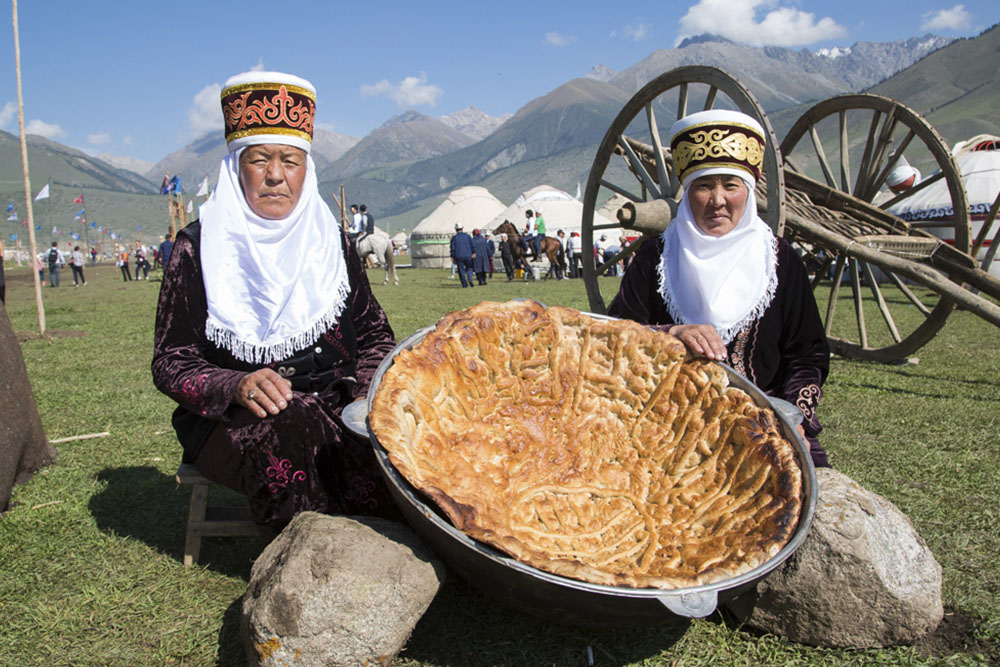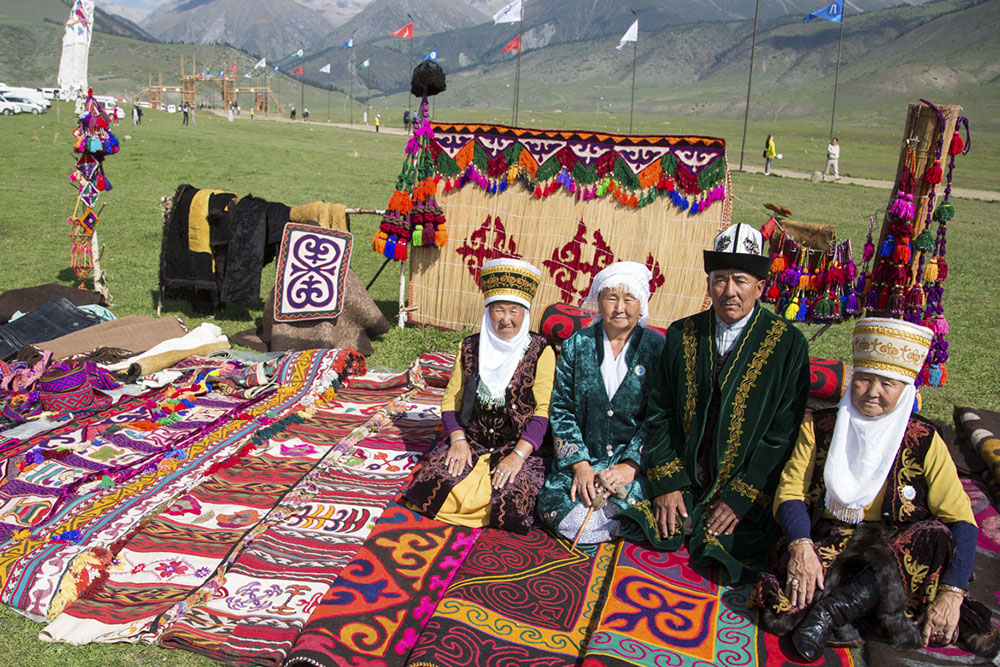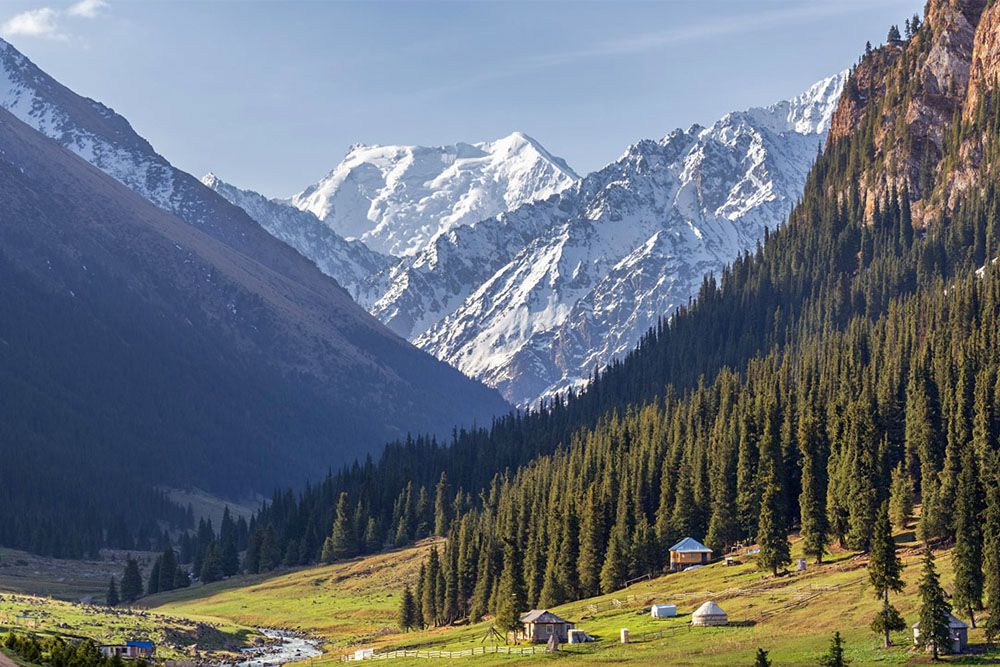The Saimaluu-Tash tract (Saimaly Tash) is one of the largest petroglyph rock art galleries in the world. There are more than one hundred thousand drawings marked here. Saimaluu Tash is located south of the village of Kazarman in the Jalalabad region of Kyrgyzstan in the mountains of the Ferghana range at altitudes of 3000-3200 m. Saimaluu-Tash in Kyrgyz means a patterned, painted stone.
The petroglyphs of Saimaluu-Tash belong to various epochs: from ancient times (II millennium BC) to the Middle Ages. They are deposited on more than 10,000 large basalt stones randomly scattered throughout the area. Such a vast time range is fully consistent with the richness of plots, images and signs.
By the depth of the plots and the shape of the drawings, you can "read" the history, understand how the culture and worldview of people changed at different times. The animal world is widely represented: elephants, lions, leopards, wolves, goats, red deer, birds and reptiles. Domestic animals are represented by horses, bulls and yaks. The multi-figure compositions depict scenes of hunting, domestication of wild animals, migrations along mountain trails, ritual dances of mummers, sun- and moon-like deities, their rides on unpaired harnessed chariots and carts, dances of demonic, humanoid creatures with dog heads and hypertrophied big-fingered hands. The huge number of solar signs in the Saimalu-Tash drawings convinces that Sun worship was the main form of religion. The images of the Sun left in Saimalu Tash by ancient artists have the most bizarre and incredible shape.

 Centralasia Adventures
+998781506280
Centralasia Adventures
+998781506280
28, Mukanna str.
Uzbekistan
Tashkent region
100070






